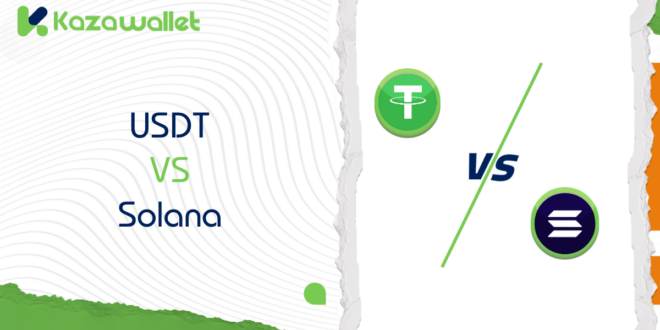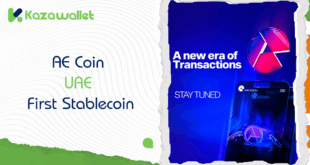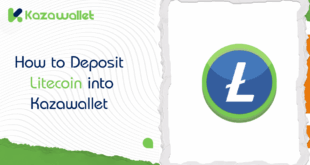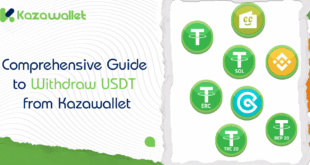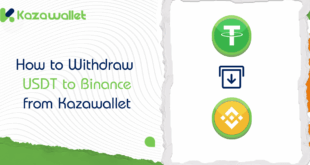In the cryptocurrency world, the contradiction between stability and innovation is clearly evident. On the one hand, we have USDT, a stablecoin striving to maintain a constant value pegged to the US dollar.
On the other hand, Solana is different in that it’s a highly ambitious blockchain project that aims to change transaction speed and cost.
This article, aimed at cryptocurrency investors, analyzes this contradiction, highlighting USDT vs Solana, and the differences between USDT and Solana, focusing on the strengths and weaknesses of each.
This analysis will allow you to get a better view of the nature of both USDT and Solana, which would then determine which of the approaches is the best investment for now under the prevailing market conditions.
Note: This is not investment advice, it’s just USDT vs Solana and the differences between USDT and Solana. Before investing in Solana or any other cryptocurrency, you should conduct your own research and understand the associated risks.
What is USDT?
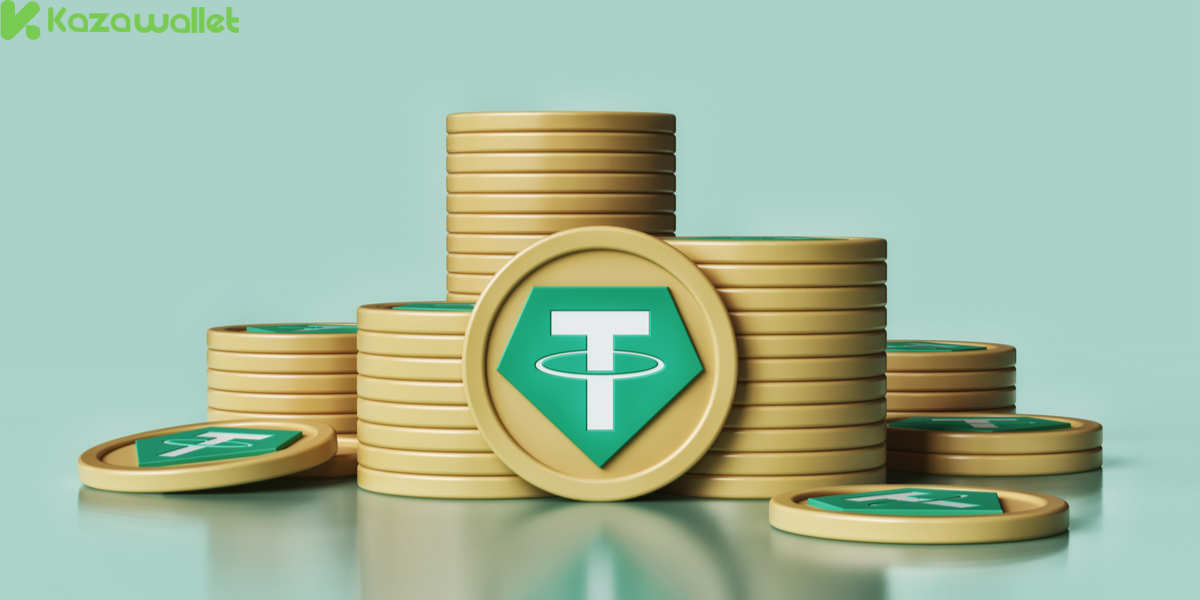
USDT, or Tether, is a digital currency known as a stablecoin. Its value is pegged to another stable currency – the US dollar in the case of USDT.
The primary goal of stablecoins, among which is USDT, is to eliminate the volatility that exacerbates most cryptocurrencies and create an investor-friendly trading environment.
The core of USDT was supposed to be the idea that every unit was allegedly backed by one US dollar held in Tether’s reserves; the peg with the dollar means the value of USDT is as close to the dollar as possible and is not highly exposed to significant losses due to market volatility.
USDT is widely used in the cryptocurrency world as a means of facilitating trades between different cryptocurrencies. This enables investors to easily switch between different cryptocurrencies without being directly exposed to their price volatility. During times of intense market volatility, USDT is considered a relatively safe haven, where investors can hold their funds until the market stabilizes.
What is Solana?
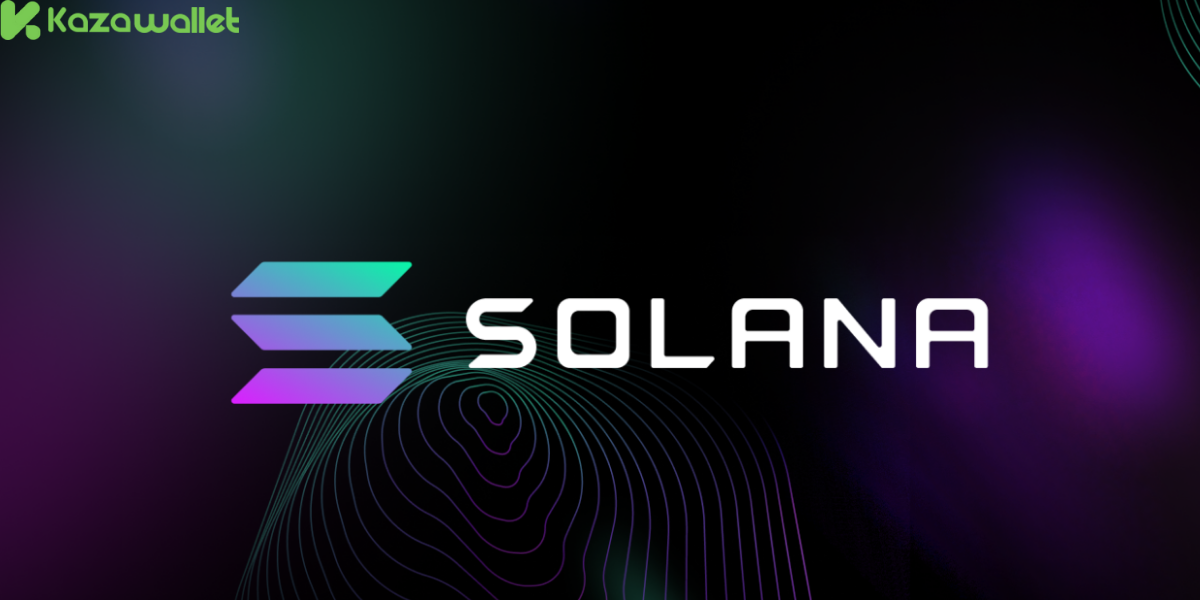
Solana is an open-source blockchain platform specifically designed to facilitate the development and deployment of decentralized applications (dApps).
It boasts the ability to process up to 65,000 transactions per second (TPS) thanks to its infrastructure based on a sophisticated distributed computing system, making it significantly faster than many other existing blockchain platforms.
This exceptional performance is attributed to an innovative consensus mechanism combining Proof-of-History and Proof-of-Stake technologies, and parallel transaction processing. These mechanisms improve transaction efficiency and speed while ensuring a high level of security.
Unlike stablecoins, Solana has its own cryptocurrency, SOL, whose value fluctuates in the market like Bitcoin or Ethereum. SOL is used as a payment method within the Solana platform and is the cornerstone of its operation.
The Solana project aims to provide a fast and efficient working environment for developers to build and run diverse decentralized applications, including, but not limited to, gaming applications, decentralized finance (DeFi) applications, and other applications that benefit from high transaction processing speeds.
USDT vs Solana
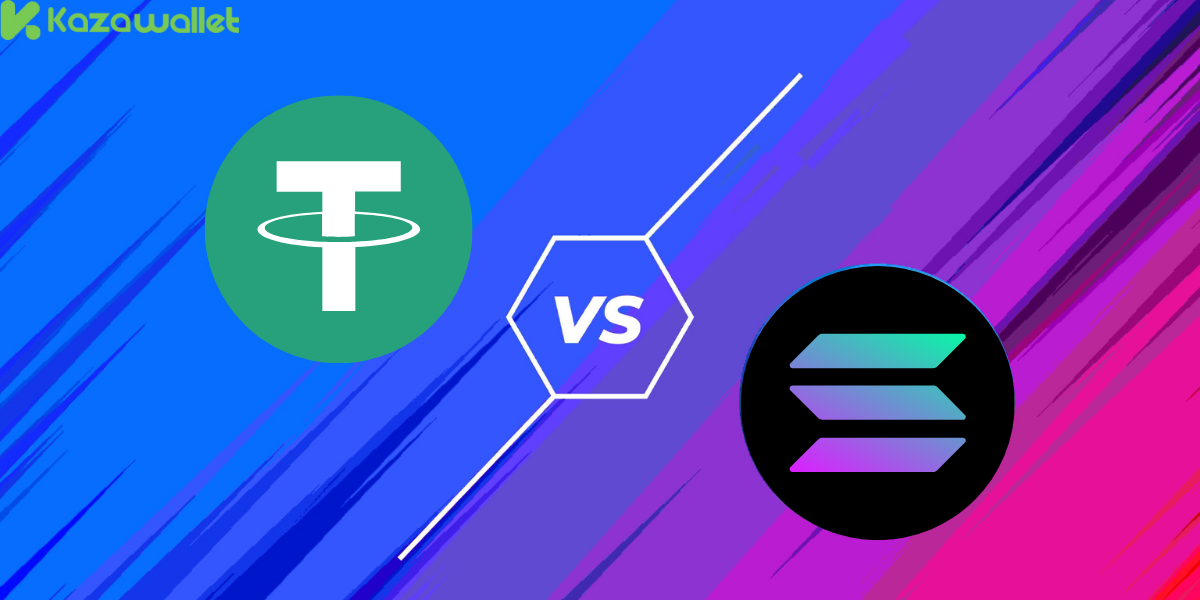
Tether (USDT):
When we talk about USDT vs Solana we should mention the features of USDT :
- Type: When we talk about USDT vs Solana we should mention that USDT is a stablecoin designed to maintain a stable value equivalent to the US dollar. Each unit of USDT is supposedly backed by one US dollar held in the issuer’s reserves.
- Goal: When we talk about USDT vs Solana we should mention that the main objective of creating USDT is to maintain a stable value equal to the US dollar, aiming for its price to always be close to the dollar’s price (1 USDT ≈ 1 USD).
- Volatility: It is characterized by price stability, although this stability is not absolutely guaranteed. USDT has experienced some price fluctuations in the past, raising questions about the effectiveness of its peg to the US dollar.
- Supply: When we talk about USDT vs Solana we should mention that there is no limit to the issuance of USDT; the issuing company can issue more coins as needed. This differs from many other cryptocurrencies that have a pre-defined limited supply.
- Uses: USDT is widely used in the cryptocurrency market for multiple purposes. It facilitates transfers between different cryptocurrencies, is used as a trading tool to reduce price volatility risks, and is a popular choice for preserving value more stably than other, more volatile cryptocurrencies.
- Backing: When we talk about USDT vs Solana, we should mention that USDT is backed by reserves of US dollars or other assets. However, complete transparency regarding the nature of these reserves and the extent of their full coverage of USDT issuance remains a subject of extensive discussion and debate in the financial community.
Solana (SOL):
When we talk about USDT vs Solana we should mention the features of Solana:
- Type: A decentralized cryptocurrency, not subject to the control of any central authority but managed via a globally distributed network of computers (the blockchain).
- Goal: When we talk about USDT vs Solana we should mention that the Solana project aims to provide a fast and efficient environment for developing and deploying decentralized applications (dApps). It seeks to achieve this by providing advanced technological infrastructure.
- Volatility: Significant volatility is observed in the price of Solana (SOL), making it a high-risk investment.
- Supply: When talking about USDT vs Solana we should mention that the total supply of SOL is capped at 592,567,960 units.
- Use: When we talk about USDT vs Solana we should mention that Solana is used as a payment method in the Solana ecosystem, as an investment tool, and as fuel to run decentralized applications built on the Solana platform.
- Technology: Solana relies on a unique consensus mechanism combining Proof-of-History and Proof-of-Stake. This innovative mechanism enables Solana to process a large number of transactions per second, enhancing its speed and efficiency.
- Network: When we talk about USDT vs Solana, we should mention that Solana is an independent blockchain network, and SOL is used as the primary currency on this network. Solana is essential for conducting transactions on the network and running decentralized applications. USDT vs Solana
Risks Associated with USDT and Solana

Risks Associated with Tether (USDT)
Auditing and Transparency: Tether has undergone intense scrutiny from various regulatory bodies and has faced significant fines from a US regulatory agency. This raises serious questions about Tether’s commitment to regulatory compliance in the future and whether it will maintain the same level of seriousness and transparency.
Reserves: Tether’s lack of complete transparency regarding its reserves is a major concern for many. Although the company repeatedly claims that each USDT coin is backed by reserves of cash, short-term deposits, and other assets, there are significant doubts about the quality of these reserves and whether they are sufficient to cover all issued Tethers and meet withdrawal requests at any time.
Volatility: USDT has experienced temporary de-pegging from the US dollar, with its value dropping slightly at times before quickly returning to the $1 level. However, these fluctuations, while short-lived, pose a potential risk, especially given the widespread use of USDT in various trading operations and the potential impact of these fluctuations on the value of investments.
Security: Potential security breaches pose a significant risk to USDT investors. A hack of a digital wallet containing USDT could result in the irretrievable loss of funds, exposing investors to potentially catastrophic financial losses.
Some services help mitigate these risks. For example, Kazawallet facilitates USDT transactions by providing a seamless and secure mechanism for buying, storing, depositing, and withdrawing the currency. This reduces the risk of dealing with untrusted or vulnerable platforms, thus mitigating some of the risks associated with using USDT.
Read more: Best Tether (USDT) Wallets in Syria
Risks Associated with Solana (SOL)
Technical Weaknesses:
Partial Centralization: Despite being a decentralized platform, Solana relies on a relatively small number of validators compared to some other more distributed blockchain networks. This makes it more susceptible to sabotage attacks or centralized control by a small group of individuals or entities.
Any malfunction or failure of these validators, whether due to an attack or a technical glitch, can significantly impact the performance of the entire network, potentially leading to service outages or significantly slower transactions.
Scalability Issues: Despite its high transaction speeds under ideal conditions, Solana has experienced recurring scalability problems in the past, leading to noticeably slower transactions or even complete shutdowns during peak periods when demand on the network increases significantly.
Frequent Outages: Solana has experienced several outages in the past, resulting in service interruptions for a period of time. These frequent outages raise serious questions about the network’s reliability and its ability to provide a stable and reliable service in the long term.
Rust Dependency: While the Rust programming language is relatively secure and designed to minimize errors, any undiscovered security vulnerability in the language, or in its implementation in Solana, could significantly impact the security of the entire network and expose it to serious attacks.
Transaction Failures: Solana sometimes encounters problems scheduling and including transactions in blocks, leading to unexpected transaction failures or delays. This problem negatively impacts the user experience and increases uncertainty about the network’s reliability and its ability to process transactions smoothly and efficiently.
Market Risks:
Price Volatility: Cryptocurrency prices, including Solana, are highly volatile and are affected by many external and internal factors, including news related to the currency or the market in general, new government regulations, intense competition from other cryptocurrencies, and political events. These sharp fluctuations can cause significant losses for investors in a very short time.
Intense Competition: Many other blockchain platforms directly and indirectly compete with Solana, which could negatively impact its growth and market value in the long term. This competition includes platforms that offer similar or superior features in terms of technology or usability.
Dependence on Built Projects: Solana’s value partly depends on the success of the projects and dApps built on it. The failure of these projects, or a decline in their popularity, could negatively impact the value of Solana and reduce demand for it.
Government Regulation: Cryptocurrencies, including Solana, are subject to increasing government regulation, which can change rapidly in different countries. Such regulation could significantly impact the use of Solana and trading of Solana, potentially limiting its growth or subjecting it to laws that hinder its operation.
Other Risks:
Fraud: Beware of scams targeting Solana investors, which may take various forms, such as investing in fraudulent projects or being exposed to digital scams.
Theft: Strict security measures must be taken to protect SOL wallets from theft, including using secure wallets such as Kazawallet , enabling two-factor authentication, and other necessary security measures.
Kazawallet facilitates Solana transactions by providing a seamless and secure mechanism for buying, storing, depositing, and withdrawing currency. This reduces the risk of dealing with untrusted or vulnerable platforms, thus mitigating some of the risks associated with using Solana. USDT vs Solana
In Conclusion:
This analysis highlights the differences between USDT and Solana (USDT vs Solana) and the contrast between conservative investment and high-risk ventures.
Investors should carefully assess their risk tolerance and investment goals before making a decision. Choosing the right currency directly depends on a thorough understanding of the potential risks and gains of each.
Remember that the cryptocurrency market is volatile, and this analysis is not investment advice.
And don’t forget! Kazawallet facilitates transactions with cryptocurrencies such as Solana, Bitcoin, Binance, and USDT by providing a seamless and secure mechanism for buying, storing, depositing, and withdrawing currencies with many advantages, reducing the risk of dealing with untrusted or vulnerable platforms.
 Blog Kazawallet
Blog Kazawallet
